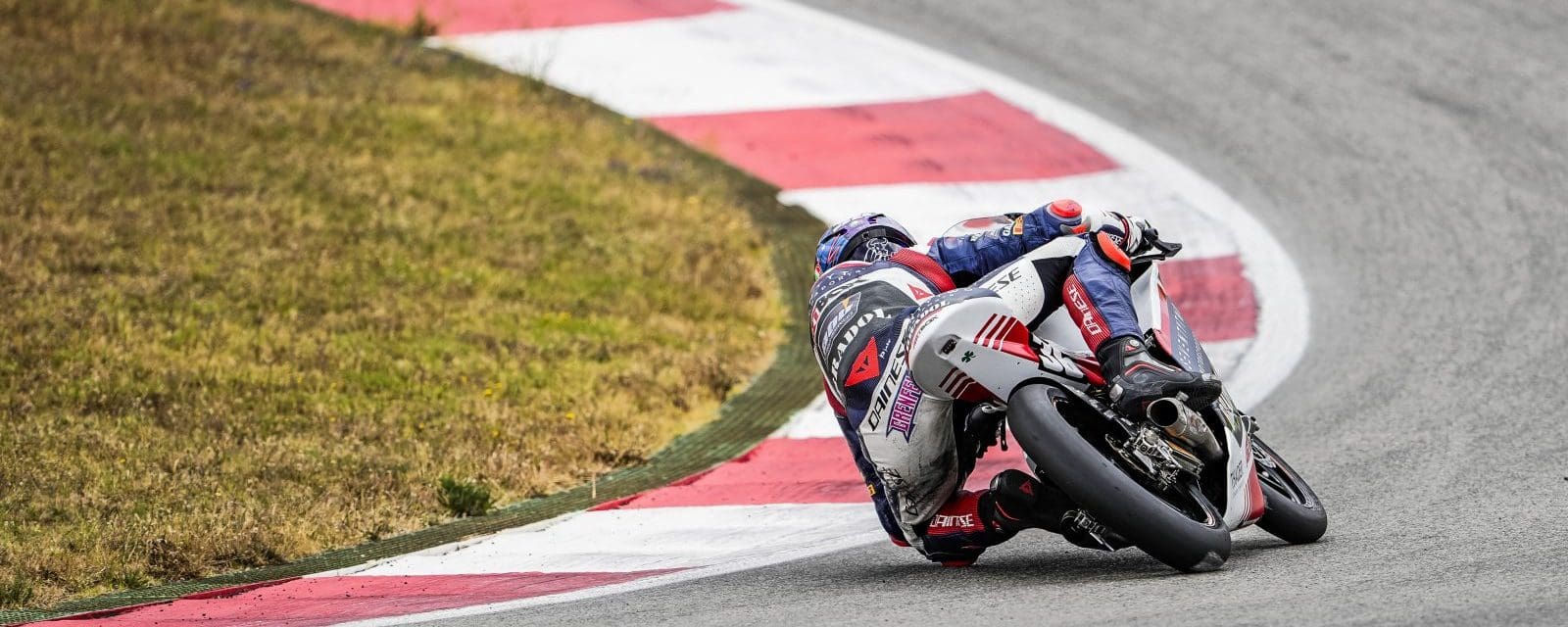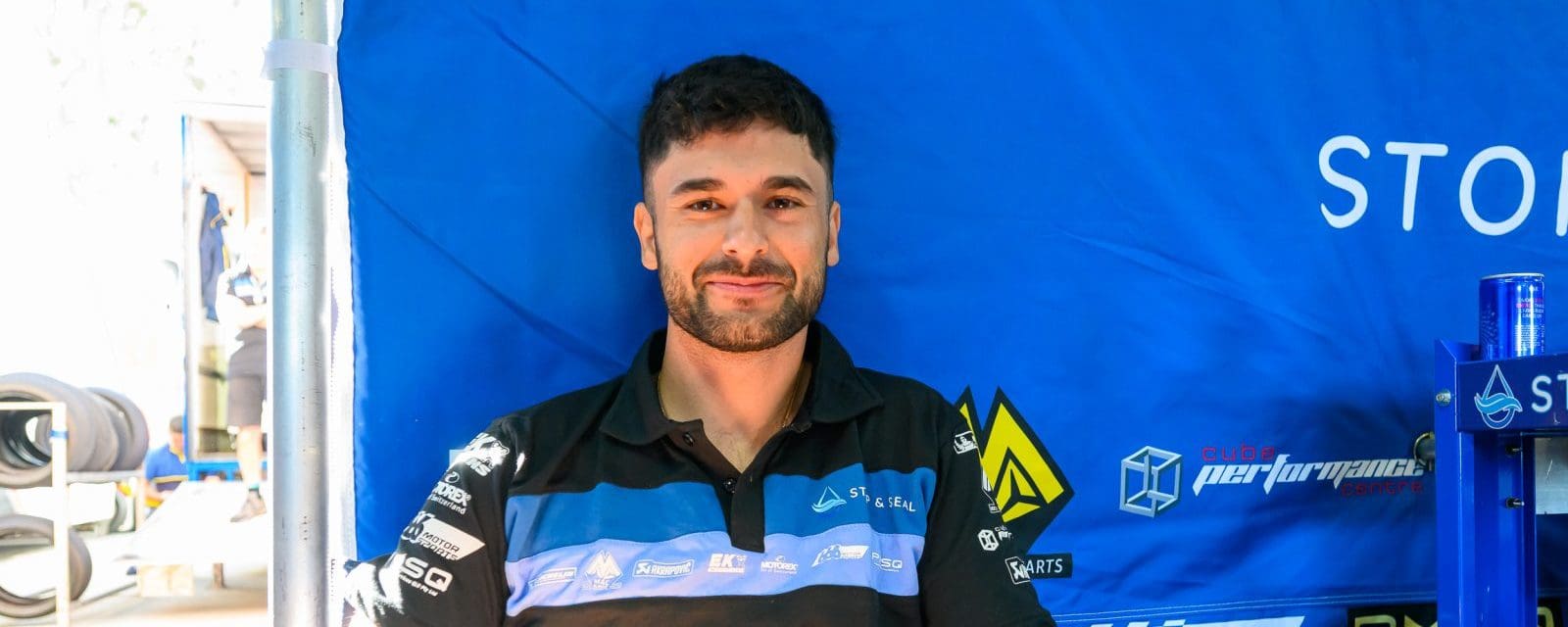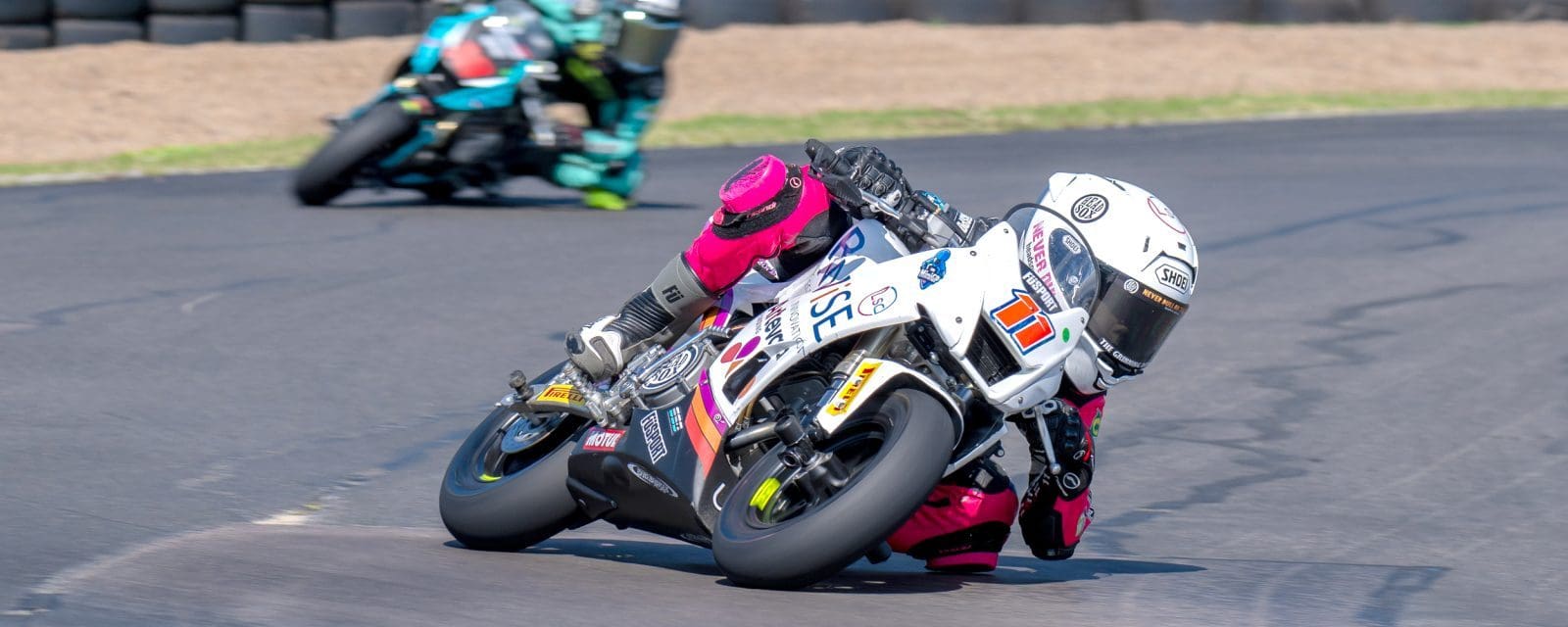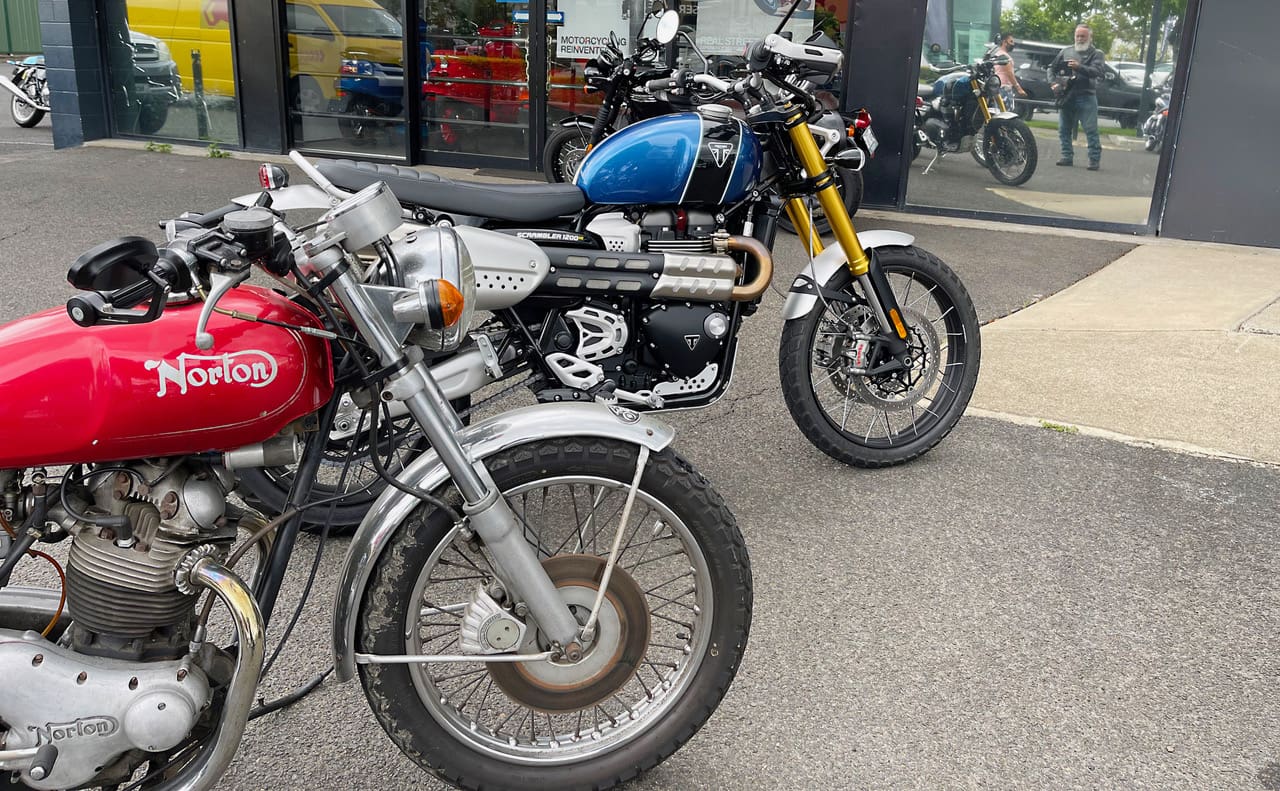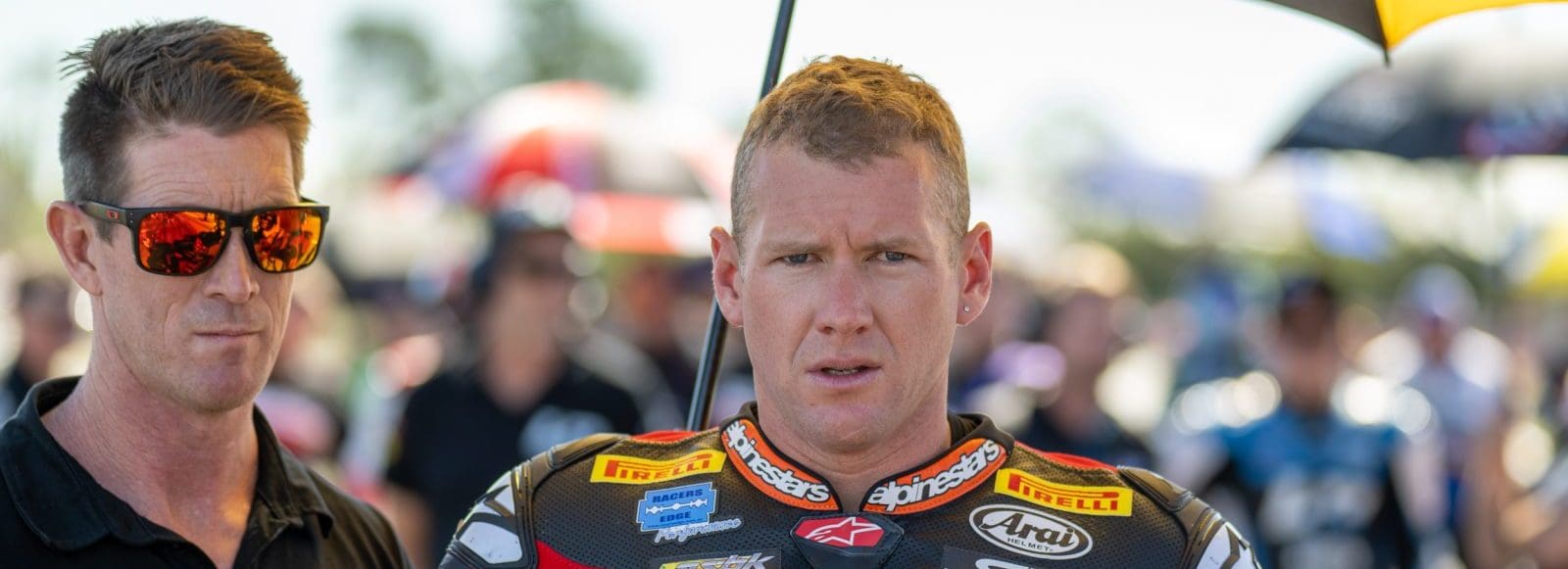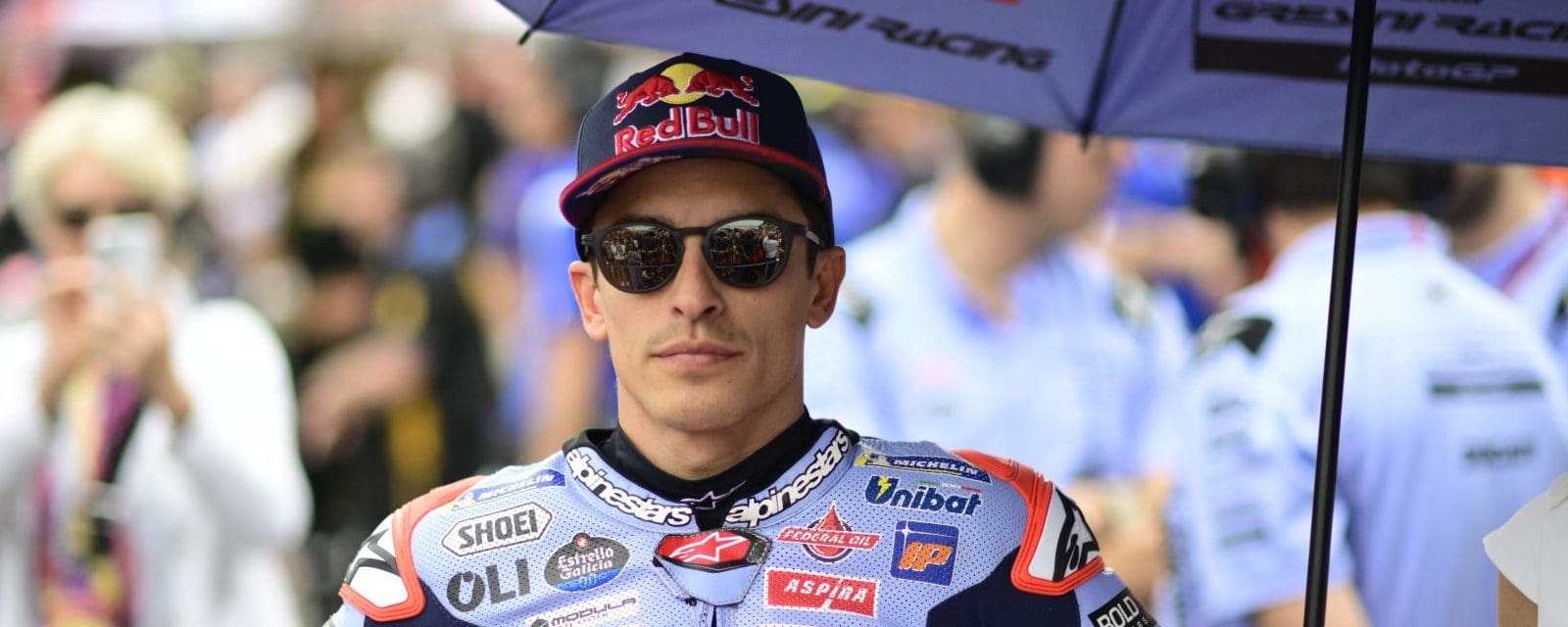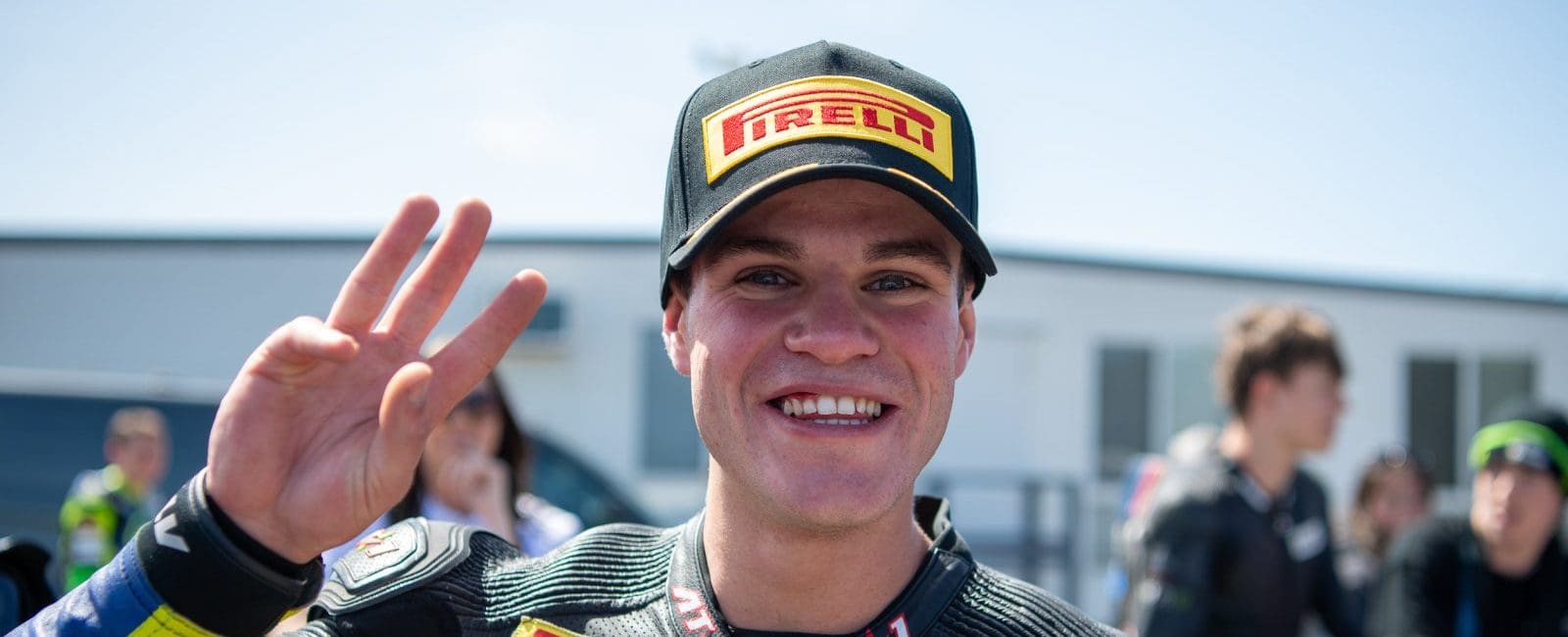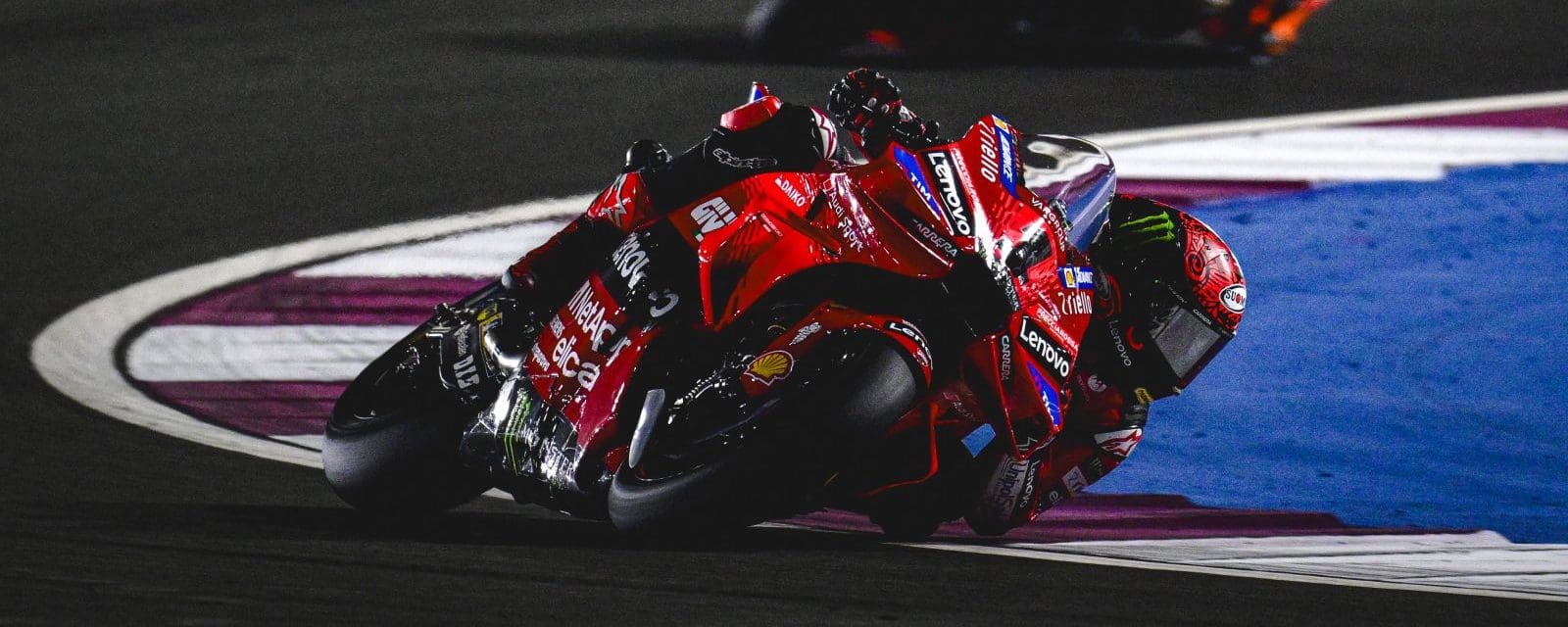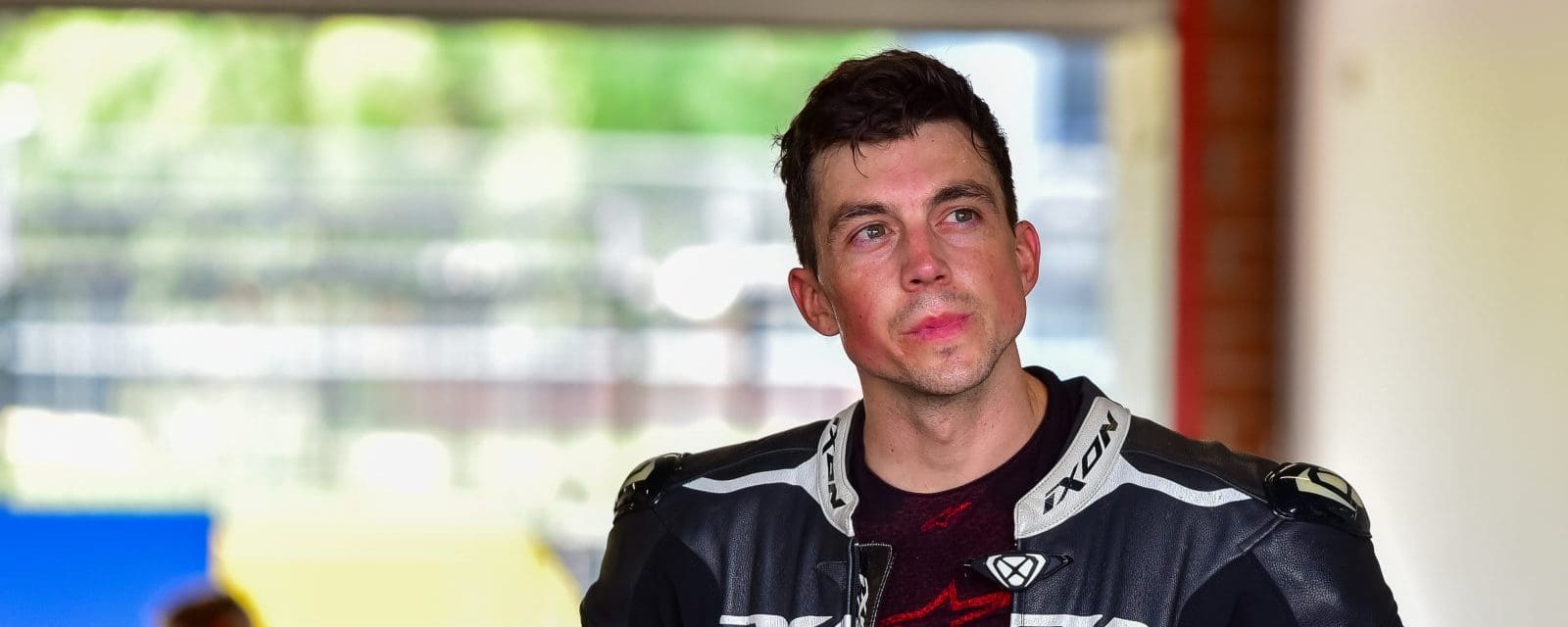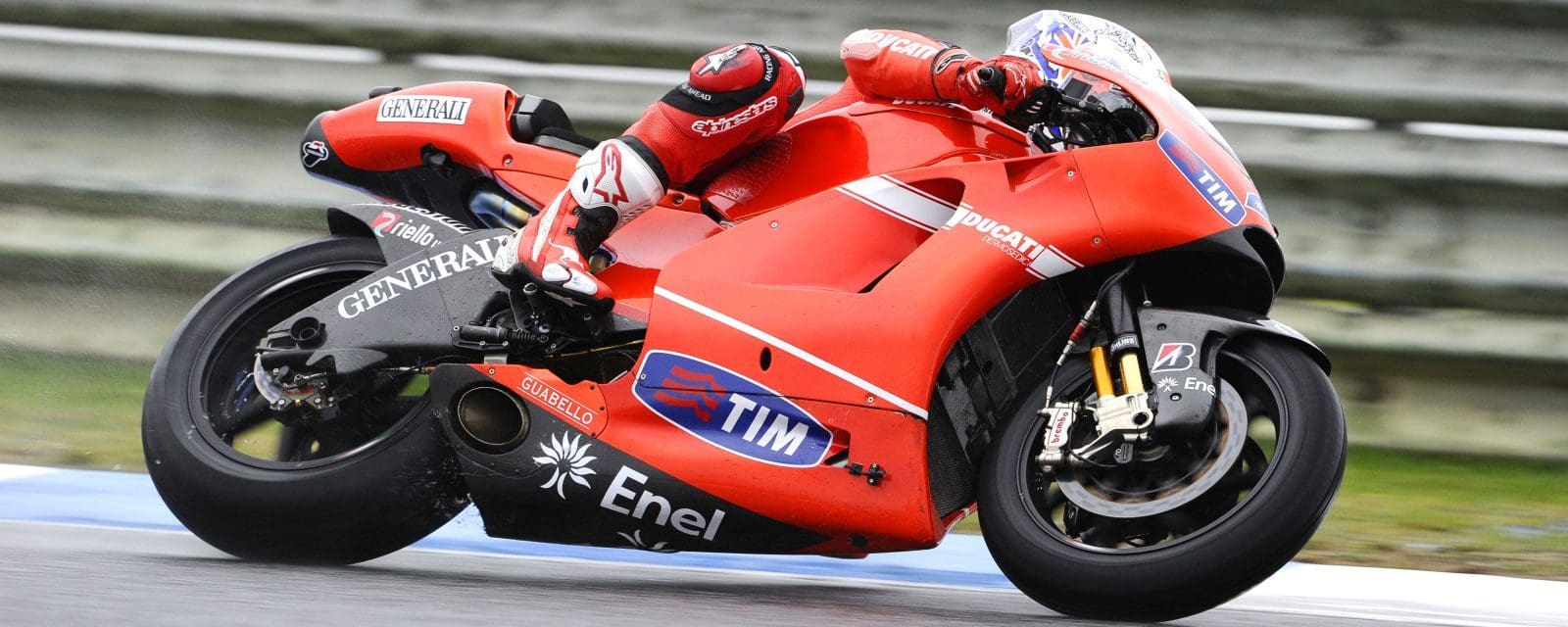There was something missing from the finish line of the Thai GP. It was Jorge Lorenzo’s Ducati, which might even have won the race if, er, circumstances hadn’t intervened. Actually there was something else missing. An explanation from Ducati about exactly what happened to slew the Spaniard sideways, and then shoot him skywards at some speed. It was a spectacular Friday afternoon high jump that cracked his left wrist and didn’t do his freshly broken right foot much good either.
Something caused his Desmosedici’s engine revs to drop rapidly, precipitating a horrible crash. But while Ducati admitted it had been a “technical” failure, they have so far declined to give details. Which has just one result – wild speculation, that is potentially much worse than the truth. Better they should tell us, before we suspect the worst.
Once upon a time, “technical” failures were easier to get a handle on. You could see what happened when a two-stroke seized, and hear the back tyre chirrup. This happened less often as they became more sophisticated. In the early days, one of the pioneering smokers (a Suzuki, as it happens) earned the doom-laden nickname ‘Whispering Death’. All the same, right to the end, riders always kept their hands hovering over the clutch lever just in case.
Four-strokes don’t generally seize that way, so it probably wasn’t that. On-board footage revealed that while the engine definitely stopped running, it wasn’t instant. Four-stroke engine failures are pretty invariably flagged up by plumes of smoke, and now and then a small oil fire; while gearbox seizes are so catastrophically abrupt that they are unmistakeable. Nor did the chain break, and wrap itself round the axle.
Maybe the slipper clutch didn’t slip as it should, although this should not in itself be enough to break rear traction. Unless it was helped by an unprompted engine shut-down. Which brings us into the realms of sundry hard-to-grasp electronics issues. Engine-braking systems measure such parameters as throttle opening, deceleration and relative wheel speeds, and provide a little throttle kick to reduce what the engineers call reverse torque. This works in conjunction with slipper clutches to reduce the drag on the rear tyre.
Another kind of failure is not impossible – a mechanic’s error, which perhaps prevented the rear brake from releasing. Mechanics’ errors are rare, but far from unknown. There have been some classic cases … like when Dani Pedrosa’s throttle jammed open on only his second lap at Motegi in 2010, smashing his collarbone and ending his hopes of closing down on Lorenzo for a one-and-only premier-class title. An anonymous mechanic was blamed for leaving a cleaning rag in the engine.
Errors often concern brakes. Barry Sheene’s father Franko was eased out of the Suzuki pit after one such. Kenny Roberts’s disc pads were inserted the wrong way round at Assen in 1981, bare metal against the discs. He lost the title that year.
My favourite tale concerns Eddie Lawson, after a mechanic left the retaining clips off his front brakes, and he broke his foot slamming into the wall Laguna Seca. He told me afterwards: “I want that guy to always do my brakes from now on. He won’t make that mistake again.”
Matter of fact, Lorenzo crashed at Qatar due to brake failure, seemingly because a pad came out. That, too, was never explained. In that case, Brembo was anxious to reassure riders and the rest of us that it would never happen again. This was echoed by Ducati, after the Thailand failure. Doubtless to the relief of the rest of the Desmosedici troops.
But the problem of the secrecy has not been addressed. Maybe it means somebody has it in for him. Sabotage? I did warn you about wild speculation that could turn out to be far worse than the truth.

By Michael Scott
As appeared in AMCN Magazine Vol 68 No 09
